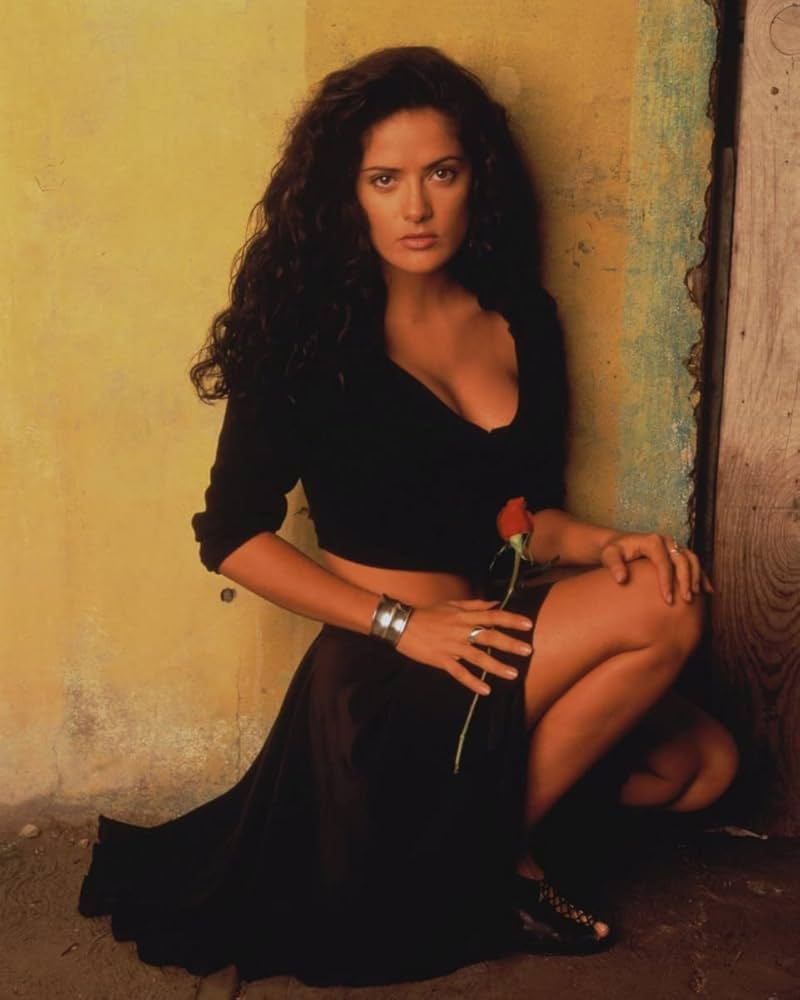
Salma Hayek’s performance as Carolina in Desperado lands with the kind of immediacy that makes audiences sit forward. From her first frame, she operates with quiet control: a bookstore owner whose intelligence, humor, and capability aren’t pasted on as traits but revealed in actions, reactions, and well-placed silences. The film’s flamethrower energy—Robert Rodriguez’s kinetic camera, guitar-case shootouts, and a soundtrack that never idles—could swallow a lesser performance. Instead, Hayek plots a precise course through the chaos, making Carolina the story’s emotional ballast and moral horizon. She isn’t a bystander in a gunslinger’s tale; she’s a co-author whose choices bend the arc of the narrative.
Video: Desperado: Rooftop escape HD CLIP
Carolina as Equal: Character Work with Agency and Intent
Hayek’s Carolina carries the weary pragmatism of someone who has learned to survive by reading people as well as books. The performance resists cliché: no damsel tropes, no ornamental passivity. When she masks fear with humor, it isn’t flippancy—it’s strategy. When she extends trust, it’s earned, not automatic. Hayek threads these decisions together with clean, legible beats: a glance that lingers a fraction longer, a breath held before a risky move, a calculated repositioning in tight spaces. This is character work that assumes an audience will notice and that the camera rewards.
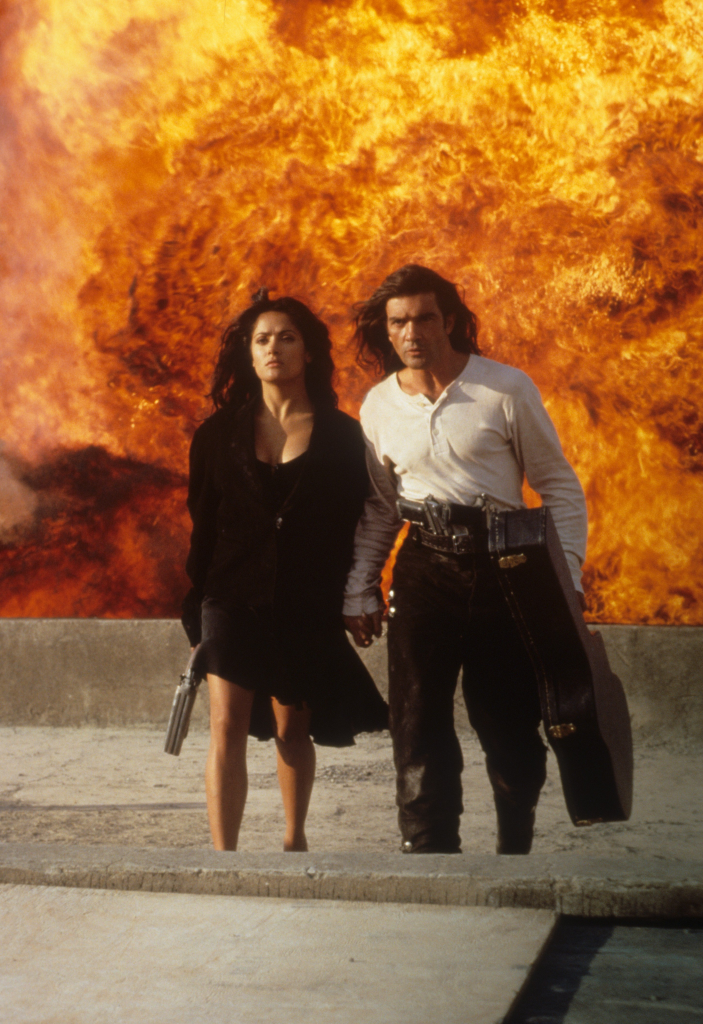
Vocal Color, Bilingual Precision, and the Music of Dialogue
Much of the role’s power lives in the voice. Hayek toggles English and Spanish with an ease that communicates both cultural fluency and social intelligence. Cadence becomes subtext: clipped syllables when Carolina is testing a claim; warmer, rounder vowels when she decides to shelter El Mariachi; a whisper that lands with more force than a shout. She knows when to under-speak, letting the score and the room carry the charge. The result is dialogue that feels like music—phrasing as phrasing, breath as percussion.
Video: Desperado (3/8) Movie CLIP – We Can Improvise (1995)
Chemistry as Choreography: Sharing the Frame with a Mythic Gunslinger
Opposite Antonio Banderas’s El Mariachi, Hayek plays presence against spectacle. Their chemistry is not only about romance; it is a conversation in posture and pace. When Banderas moves like a coiled spring, Hayek answers with grounded stillness. When the camera whips, she anchors. When it lingers, she sparks a new rhythm with a micro-expression—barely there, yet fully readable. The pair turns proximity into storytelling: distance equals doubt; closeness equals risk accepted. By the time they share close quarters, the audience understands their alignment without a single declarative sentence.
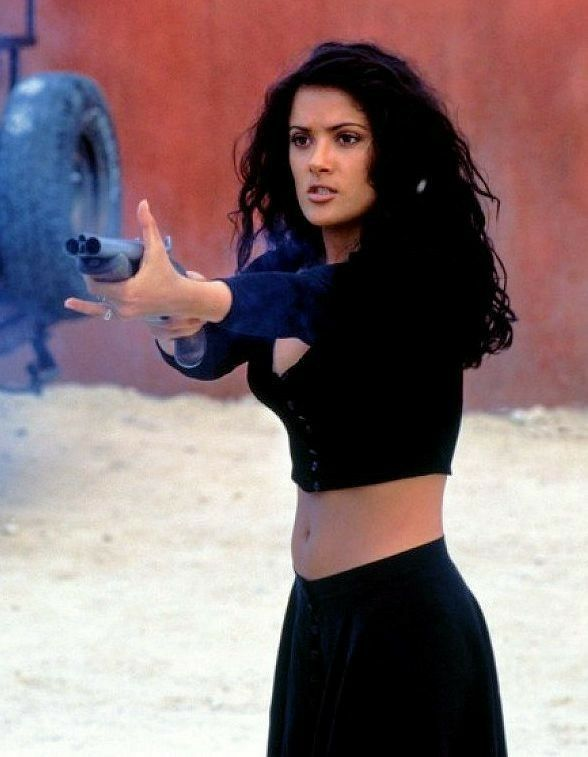
Owning Space in Rodriguez’s Kinetic Frame
Rodriguez loves motion: dolly shots that rush, zooms that pounce, cuts that punch on beat. Hayek understands that in such a grammar, clarity is a gift. She cheats lines where needed, finds a corner of light to let the eyes catch, and keeps actions readable as the camera dances. During mayhem, she never dissolves into blur; she becomes a point the lens can return to, like a chorus in a high-tempo track. This spatial intelligence—where to stand, when to drift, how to pivot—turns spectacle into narrative.
Video: Salma Hayek Thought Her Husband Was Having an Affair with an App
Set Pieces with Soul: Bookstore Embers and Rooftop Resolve
Key sequences show how Hayek binds action to feeling. In the bookstore, her gaze travels the shelves not as décor but as a life’s work—so when violence intrudes, loss reads instantly on her face before a word is spoken. On rooftops and in alleyways, decisions arrive in quick cuts: to hide, to move, to trust. Each choice is performed, not announced. The performance finds heat in aftermaths—those seconds after an explosion when breath steadies, adrenaline fades, and meaning arrives. Hayek makes those in-between beats play like full measures.
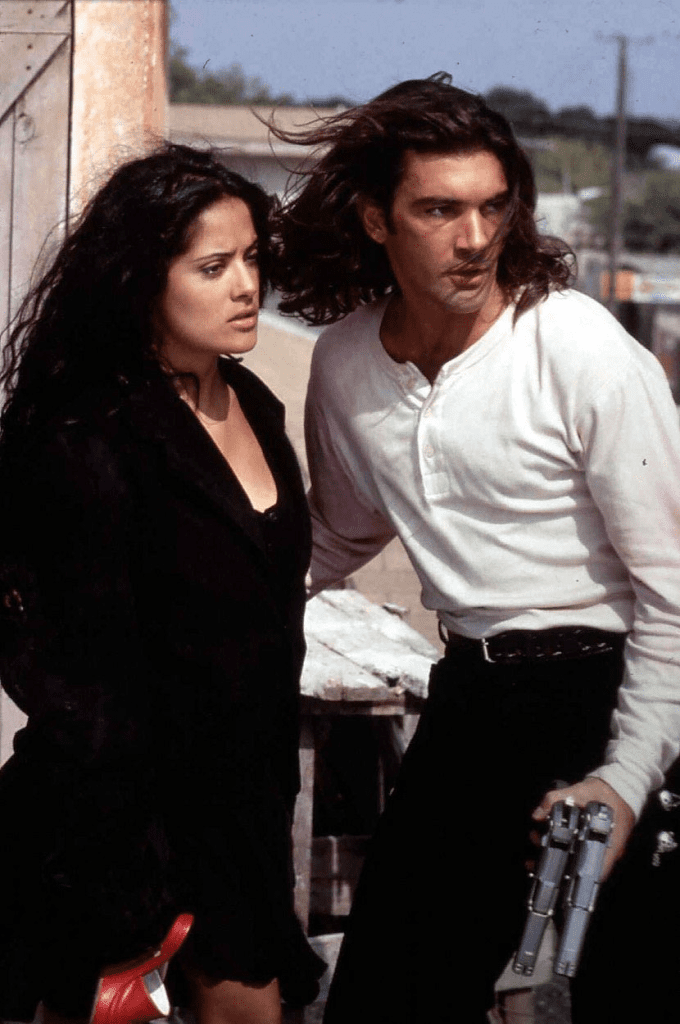
Costume, Texture, and the Semiotics of Style
Wardrobe, in Hayek’s hands, becomes character text. Clean lines and sun-worn tones signal a woman who chooses utility with a flourish: believable for a business owner in a dusty town, yet unmissable in a crowd. The camera reads fabric the way it reads faces, and Hayek uses that visibility to telegraph shifts in posture and state. Nothing feels ornamental; everything feels earned.
Soundtrack as Partner: Moving to Los Lobos’ Pulse
The score thrums with guitars and heartbeat percussion. Hayek’s performance links to that rhythm without ever mimicking it. She steps into a scene on the downbeat, lets pauses bloom on the offbeat, and times reversals to a measure’s crest. It’s not dance, exactly; it’s tempo awareness, the feel for when a room is about to turn and how to get ahead of the turn.
Video: Salma Hayek: See Her Stunning Looks From 5 To 58!
Latina Representation with Weight and Wit
Mid-’90s Hollywood frequently handed Latina actors roles built on surface. Hayek answers with depth. She grants Carolina humor that punches upward, vocation that matters, and boundaries that hold. There’s pride in language, resilience without sanctimony, and a refusal to flatten into an archetype. The performance suggested a lane where Latina leads could carry drama, comedy, and danger without compromise—and audiences responded.
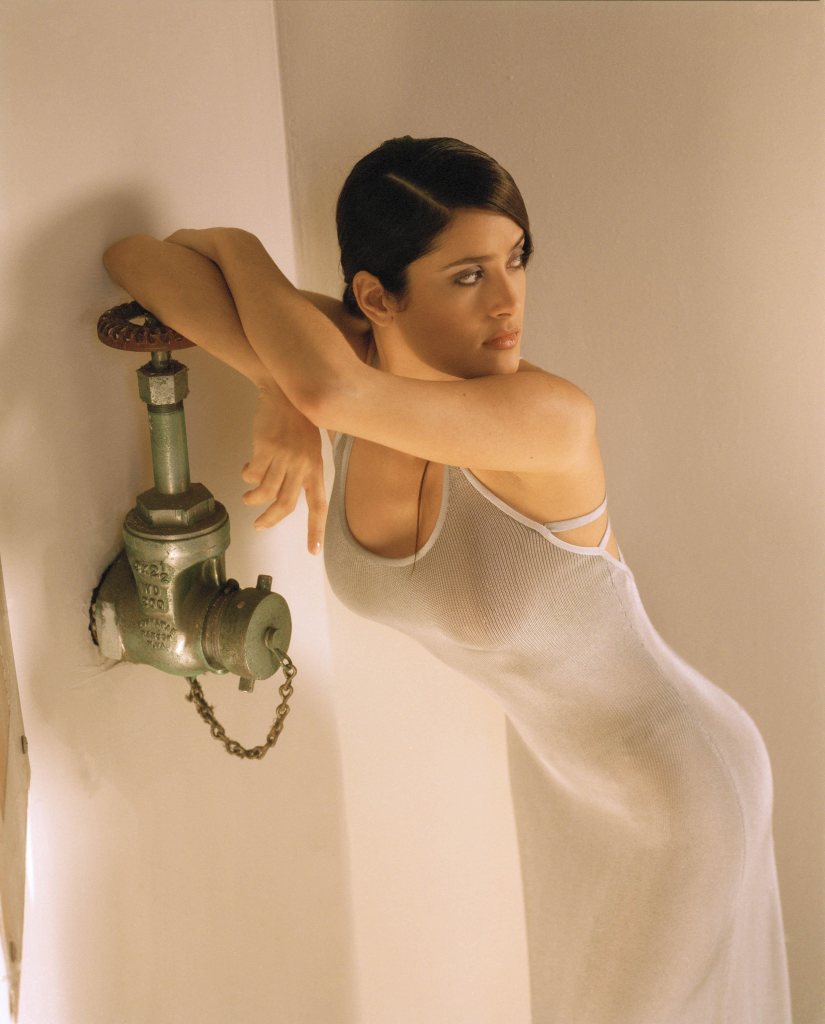

Technique Under Pressure: Eye Lines, Breath, and the Art of the Beat
Look at the eye lines: Hayek consistently scopes a room before revealing how she feels about it. Watch the breath: when panic brushes the scene, she leans into measured inhales that tell us a plan is forming. Track the beats: she lands turns on action, not exposition, letting the body speak while the words stay spare. It’s acting that trusts the camera and the viewer.
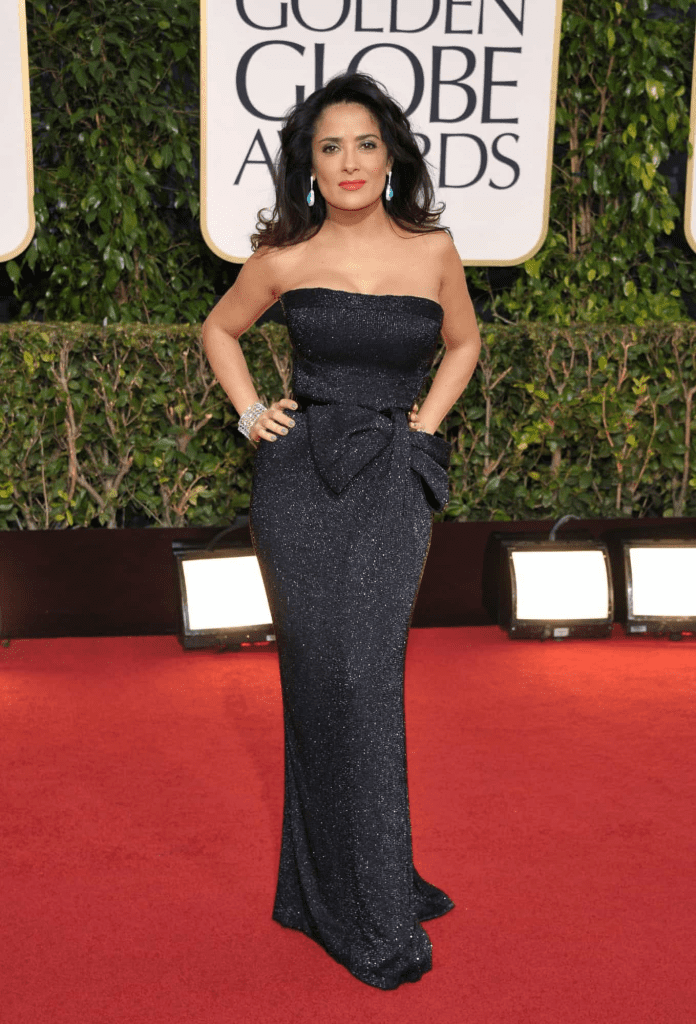
Years on, Carolina remains memorable because Hayek fuses star charisma with rigorous craft. The part offered danger, humor, romance, and grit; she delivers all four while writing margins the script didn’t spell out. In a film celebrated for audacity, her performance is its conscience and its cool—proof that presence, handled with intelligence, can cut through gunfire and guitar riffs alike.


